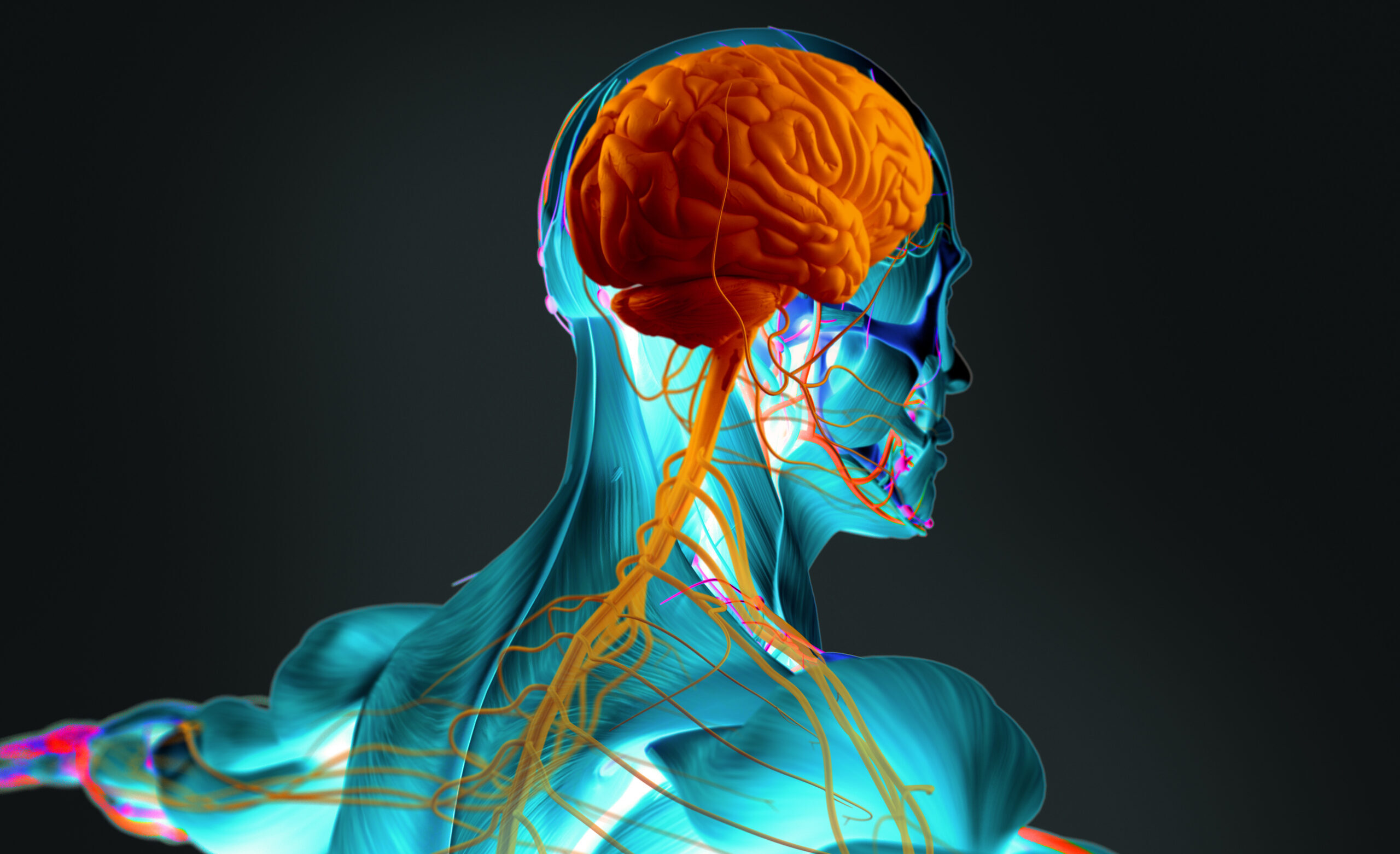The belief that a bigger brain size means greater intelligence has been deeply ingrained in the human psyche. We’ve long assumed that the most cognitively advanced (smart!) species must boast the largest craniums. And humans have proudly declared our reign as the kings of the animal kingdom. However, a groundbreaking study published in Science Advances has challenged this long-held notion, shedding new light on the complex relationship between brain size and intelligence.
The study examined the brain-to-body size ratios of over 1,400 living and extinct mammalian species. Their findings reveal a surprising lack of consistency in how brain size has evolved over the past 150 million years.

Source: “The Evolution of the Brain, the Human Nature of Cortical Circuits, and Intellectual Creativity,” by Javier DeFelipe, in Frontiers in Neuroanatomy, Vol. 5, Article No. 29. Published online May 16, 2011
- Elephants, Dolphins, and Great Apes: Diverse Pathways to Brain Size
- Hominins: Decreasing Body Size, Increasing Brain Size
- The Impact of Cataclysmic Events on Brain-Body Scaling
- The Highly Intelligent California Sea Lion: A Case in Point
- Rethinking the Relationship Between Brain Size and Intelligence
- The Curious Case of Albert Einstein: Debunking the Brain Size Myth
- Exploring the Nuances of Brain Size and Intelligence
- The Limitations of IQ Tests in Measuring Intelligence
- The Complexity of Neural Organization: A Better Predictor of Cognitive Capacity
- Evolutionary Insights into the Molecular Basis of Intelligence
Elephants, Dolphins, and Great Apes: Diverse Pathways to Brain Size
Contrary to popular belief, the researchers found that “big-brained” animals like humans, dolphins, and elephants attained this big-brainedness in vastly different ways. Elephants, for example, increased in both body and brain size as they evolved. However, dolphins generally decreased their body size while increasing their brain size. On the other hand, great apes exhibit a wide range of body sizes, and tended to increase both brain and body size together.
Hominins: Decreasing Body Size, Increasing Brain Size
The study also revealed intriguing insights about our own evolutionary lineage. Ancestral hominins, the group that includes modern humans, showed a relative decrease in body size coupled with an increase in brain size compared to their great ape counterparts. This suggests that the development of our cognitive abilities was not simply a matter of brain size expansion but rather a complex interplay of various evolutionary pressures.
The Impact of Cataclysmic Events on Brain-Body Scaling
The researchers noted that the most significant changes in brain size occurred after two major happenings in Earth’s history: the mass extinction 66 million years ago and a climatic transition 23 to 33 million years ago. These cataclysmic events appear to have triggered dramatic shifts in brain-body scaling within certain animal lineages, with rodents, bats, and carnivores filling the ecological niches left by the extinct dinosaurs.
The Highly Intelligent California Sea Lion: A Case in Point
The study provides a compelling example — the highly intelligent California sea lion. Despite its exceptional cognitive abilities, the sea lion has a relatively low brain-to-body ratio. This is because natural selection favored larger bodies that were more advantageous for living in oceans, not because of any selection on decreased brain size.
Rethinking the Relationship Between Brain Size and Intelligence
The findings challenge the deeply rooted belief that a larger brain automatically indicates greater intelligence. The study’s authors suggest that a true understanding of the evolution of intelligence will require a shift in focus toward neuroanatomical features of the brain rather than relying solely on brain size. They encourage future research to delve deeper into the complex cellular and molecular organization of neural connections, which may hold the key to understanding the true basis of cognitive capacity.
The Curious Case of Albert Einstein: Debunking the Brain Size Myth
The study’s findings also shed light on the case of renowned genius Albert Einstein, whose brain was found to be of average size. This challenges the simplistic notion that a larger brain automatically translates to higher intelligence. As the research suggests, the complexity and efficiency of neural connections may be far more important in determining cognitive abilities than sheer brain volume.
Exploring the Nuances of Brain Size and Intelligence
The emergence of advanced imaging techniques, such as magnetic resonance imaging (MRI), has allowed researchers to delve deeper into the relationship between brain size and intelligence within the human population. While some studies have found a moderate correlation between brain volume and IQ scores, these findings are far from conclusive and do not account for the full spectrum of human cognitive abilities.
The Limitations of IQ Tests in Measuring Intelligence
It is important to recognize that IQ tests, while widely used, do not provide a comprehensive measure of intelligence. They primarily assess certain types of cognitive skills, such as problem-solving and logical reasoning. However, they often fail to capture other important aspects of intelligence, such as creativity, emotional intelligence, and practical problem-solving abilities.
The Complexity of Neural Organization: A Better Predictor of Cognitive Capacity
Most neuroscientists now believe that the true determinant of a brain’s intelligence lies in the complexity of its cellular and molecular organization, particularly the density and efficiency of neural connections or synapses. This view is supported by findings that intelligence is more strongly correlated with the volume of the frontal lobe and gray matter, which are rich in neural cell bodies and synapses, rather than sheer brain size.
Evolutionary Insights into the Molecular Basis of Intelligence
Comparative studies examining the proteins found at synapses across different species have provided valuable insights into how the molecular composition of neural connections has evolved to shape cognitive abilities throughout history. This suggests that the intricate details of brain structure and function, rather than just brain size, play a crucial role in determining an organism’s intellectual prowess.
Do you know how amazing ant brains are?
Featured Photo 67755249 © Chrischrisw | Dreamstime.com

